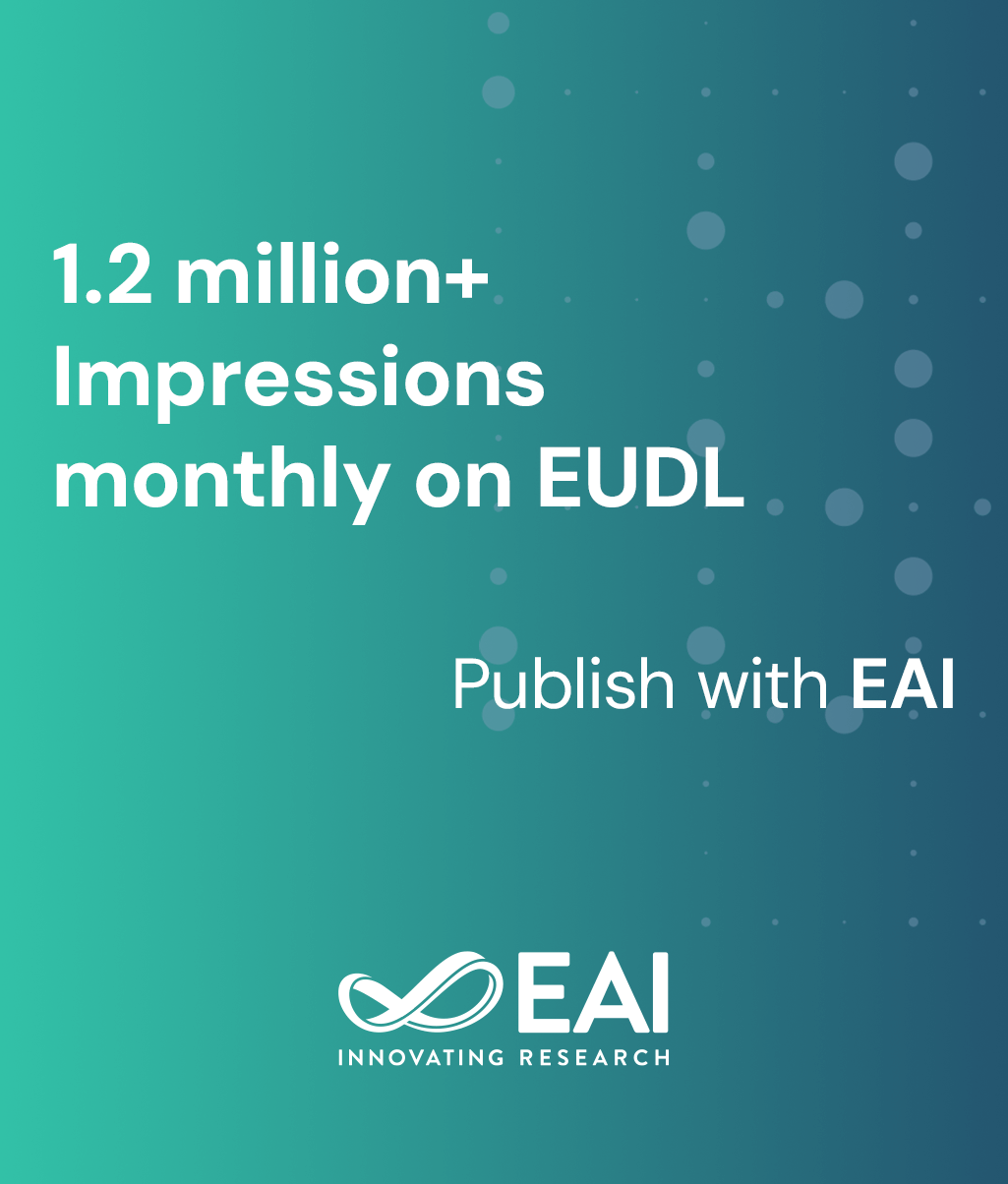
Research Article
Optimising Deep Neural Networks for Tumour Diagnosis Algorithms Based on Improved MRFO Algorithm
@ARTICLE{10.4108/eetpht.10.5147, author={Binbin Han and Fuliang Zhang and Zhenyun Chang and Fang Feng}, title={Optimising Deep Neural Networks for Tumour Diagnosis Algorithms Based on Improved MRFO Algorithm}, journal={EAI Endorsed Transactions on Pervasive Health and Technology}, volume={10}, number={1}, publisher={EAI}, journal_a={PHAT}, year={2024}, month={4}, keywords={tumour diagnosis algorithms,, adaptive control parameter strategy, distribution estimation strategy, manta ray foraging optimisation algorithm, deep confidence networks}, doi={10.4108/eetpht.10.5147} }- Binbin Han
Fuliang Zhang
Zhenyun Chang
Fang Feng
Year: 2024
Optimising Deep Neural Networks for Tumour Diagnosis Algorithms Based on Improved MRFO Algorithm
PHAT
EAI
DOI: 10.4108/eetpht.10.5147
Abstract
INTRODUCTION: Cancer has become one of the most prevalent diseases with the highest mortality rate in the world, and timely detection and early acceptance of medical therapeutic interventions are effective means of controlling the progression of cancer patients and improving their post-intervention outcomes. OBJECTIVES: To make the defects of incomplete features, low accuracy and low real-time performance of current tumour diagnosis methods. METHODS: This paper proposes a tumour diagnosis method based on the improved MRFO algorithm to improve the optimization process of DBN network parameters. Firstly, the diagnostic features are extracted by analysing the tumour diagnosis identification problem; then, the manta ray foraging optimization algorithm is improved by combining the good point set initialization strategy, the adaptive control parameter strategy and the distribution estimation strategy, and the tumour diagnostic model based on the improved manta ray foraging optimization algorithm to optimize the parameters of the depth confidence network is constructed; finally, the high accuracy and real-time performance of the proposed method are verified by the analysis of simulation experiments. RESULTS: The results show that the proposed method improves the accuracy of the diagnostic model. CONLUSION: Addresses the problem of poor accuracy and real-time availability of tumour diagnostic methods.
Copyright © 2024 B. Han et al., licensed to EAI. This is an open access article distributed under the terms of the CC BY-NC-SA 4.0, which permits copying, redistributing, remixing, transformation, and building upon the material in any medium so long as the original work is properly cited.


